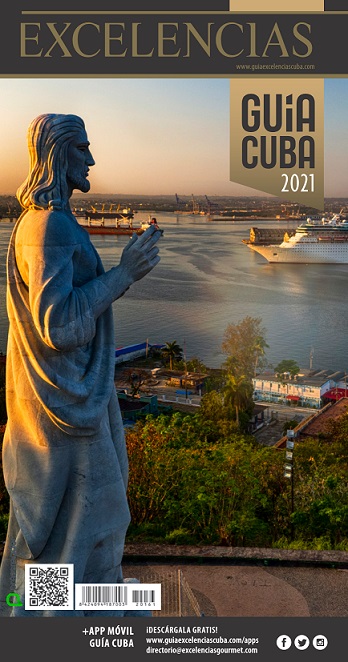The Federal Republic of Brazil is politically and geographically divided in five different regions. The limits of each and every region -North, Northeast, Southeast, South and Midwestern- always coincide with the frontiers of the 26 states and the Federal District. This is no doubt a country of contrasts. Its racial, ethnical and cultural reality stem from almost five centuries of incoming migrants from different walks of life and origins (Europeans, Africans and Asians) plus the nation's local residents. If you're looking for adventures in tourism, the northern region offers the Amazons, the world's largest biological reserve, as a peerless site of natural resources. This region embraces the largest chunk of the Brazilian territory. Brazil's history commenced in the country's northeastern region with the African heritage. This is the place where the Portuguese first landed and settled down in. The states comprised in this particular region have witnessed and starred the greatest deeds and the country's wealthiest cultural manifestations. Its weather is mild and its beaches are charming, let alone some sightseeing locations like the Atoll das Rocas and the Atlantic island of Fernando de Noroña, Salvador's baroque architecture, Capoeira, its gourmet and its carnival rhythms. The Southeastern region is marked by the huge Brazilian cities of Sao Paolo and Rio de Janeiro, Espiritu Santo and the state of Minas Gerais (Belo Horizonte). Rio is outfitted with beaches, a top-notch hotel infrastructure, natural landscapes and the Redeeming Christ, that alongside the carnival, stand for the country's two major symbols of national identity abroad. The South is the most intimate of all regions featuring breathtaking natural landscapes like the Iguazu Waterfalls, the mountains of Rio Grande do Sul, the gorgeous beach of Florianopolis in Santa Catarina, the Vila Velha Park of Geological Curiosities or the city of Gramado with its picture-perfect Germanic architecture. The Midwestern region sports Brasilia, the nation's capital and the world's newest city, declared Heritage of Mankind by UNESCO. The region equally embraces the Swamplands -one of the richest and most original ecological sanctuaries inhabited by a considerable wildlife.






